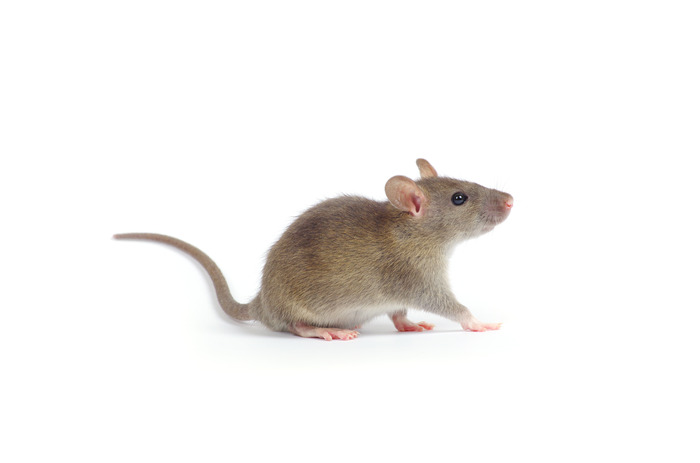Mouse (Mus musculus)

The house mouse is a common rodent that seeks shelter indoors especially in autumn and winter. Although small, it can cause significant damage to structures, food supplies, and electrical equipment. Mice also spread pathogens and contaminate their environment with droppings and urine.
Identification
Mice are small, 7–10 cm long (excluding tail). Color ranges from light brown to grey. Leave small droppings, visible travel paths, and chew on plastic, wires, etc. Often active during evenings and nighttime.
Habits
Mice are curious, agile, and reproduce quickly. They are mostly active at night and prefer:
- kitchen cabinets and plinths
- storage areas, attics, and basements
- inside walls, insulation, and beneath floors
- garages and outdoor buildings
They build nests from insulation, cardboard, and textiles, and can travel between rooms via electrical wires and pipes. One visible mouse may indicate a hidden colony of dozens.
Control
If a mouse is seen indoors or signs are found, it is highly recommended to begin professional pest control immediately.
A professional pest controller will:
- identify mouse pathways and nesting sites
- create an action plan to eliminate the mice
- carry out control visits at proper intervals
- provide instructions for sealing entry points and prevention
Mouse control is most effective when done systematically and with precision. DIY methods may offer temporary relief, but the problem often returns without professional treatment.
Summary:
Mice are small but persistent pests. Prompt professional pest control prevents damage, breaks the breeding cycle, and restores peace of mind.
Pest control visits from 149€

